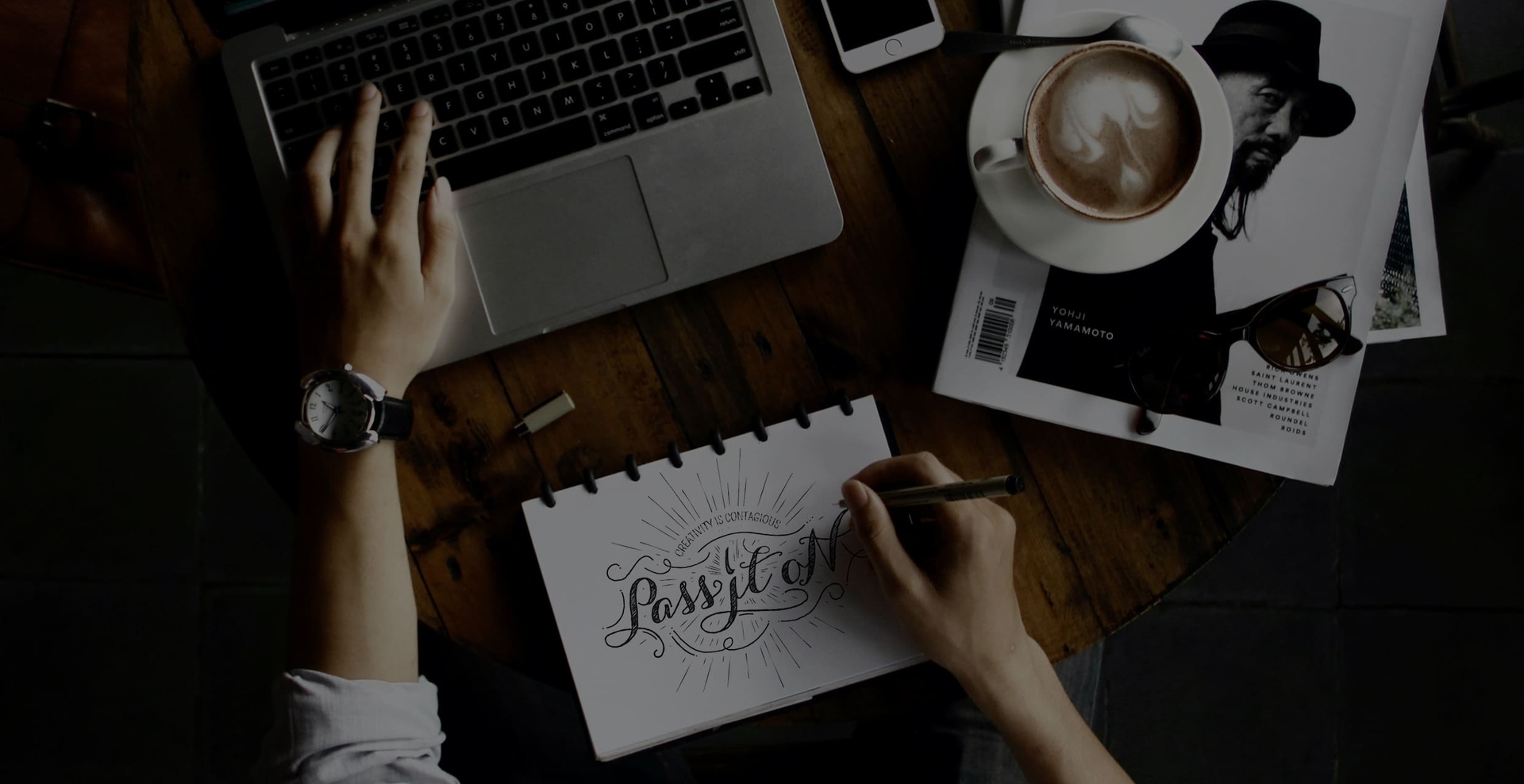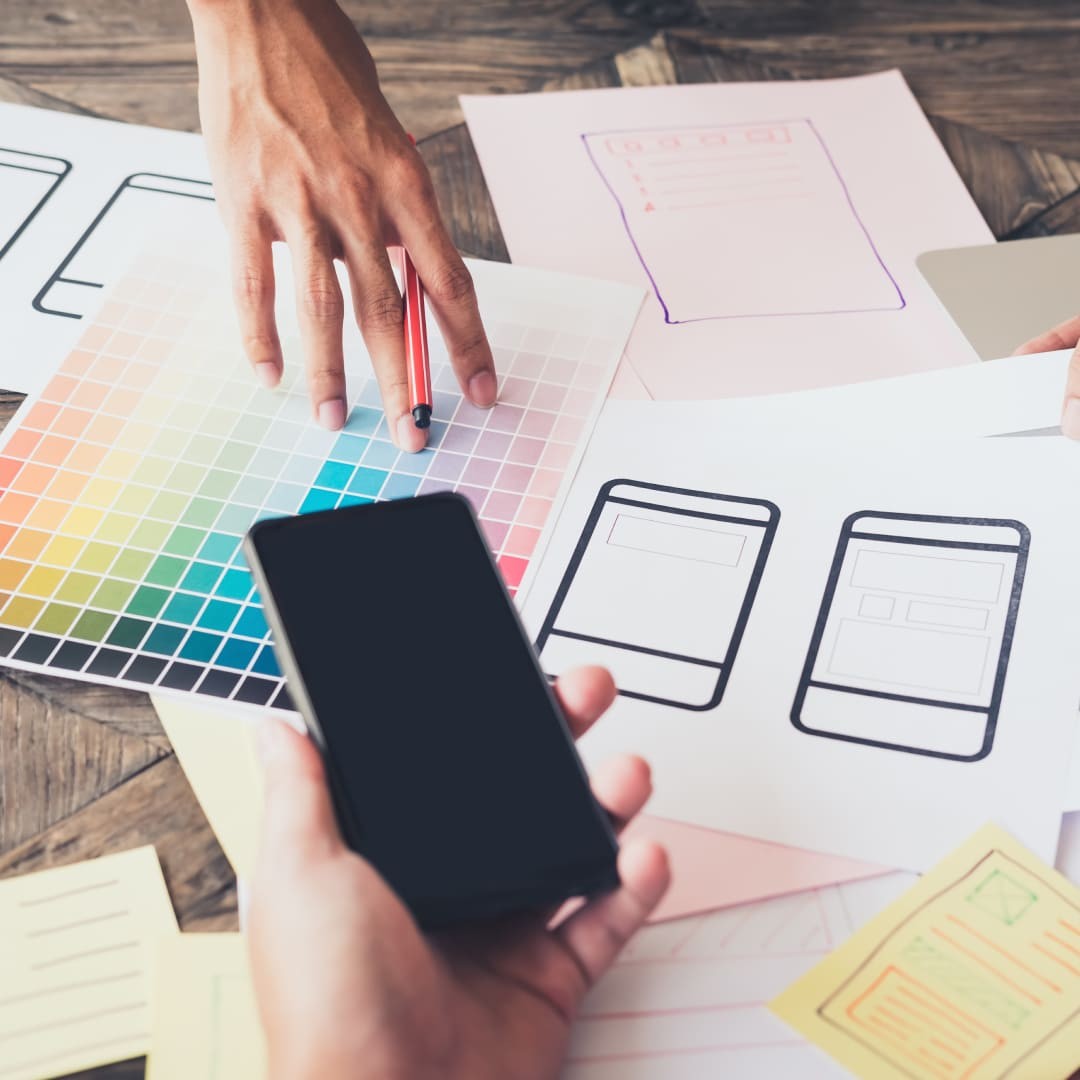Every day we discover new products, businesses, and services. Competition creates endless choices for consumers, and companies are looking for effective ways to promote their own brand, as well as how to improve customer engagement to become indispensable to them. In this article, we'll review the key principles of branding design that need to be considered when creating an effective and strong brand that will stand out in a crowded market.
What is a branding design and what tasks does it solve?
A brand is first and foremost about meaning. To put it in a very poetic way, it is the soul. It's the emotions that consumers expect and it cannot be just a set of beautiful elements. Conventionally, when you buy a Coca-Cola you're not buying a drink, you're buying a feeling and a sensation - a holiday, a meeting with friends, etc.
The brand is made up of many parts of the design: logo, packaging, product placement, advertising, image, key messages, etc. It defines your uniqueness, exactly what you can give your consumers that no one else can.
The brand's success depends on how it is perceived. You need to remember, that the brand is not what you say about your business, but what your customers say about it. That's why a well-judged approach is very important in the process of creating a branding design.
Branding design is the visual component of a brand. Essentially, it is a system of elements that form a recognizable image and allow to differentiate a company and its products. The list of the main components of brand design includes a logo, corporate identity, packaging and labels, website design, design of spaces, and navigation elements. Depending on the scope of the company, additional elements may also be created. For example, the development of a company brand design often involves the creation of corporate uniforms or branded vehicles.
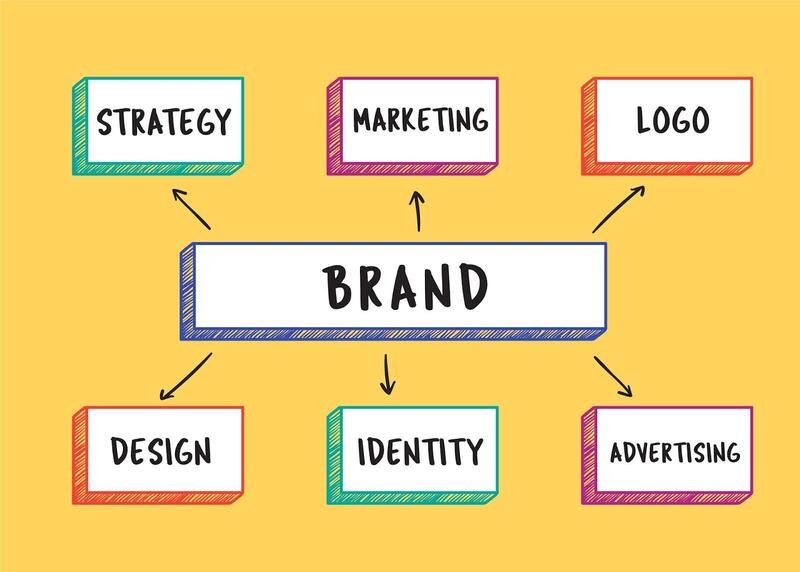
As we noted above, a unique image allows you to stand out from your competitors. And although this is one of the most important, still not the only task.
Also, branding design helps to:
- Increase product memorability;
- Make an impression on the target audience;
- To form a positive attitude to the brand;
- To build consumer loyalty to the goods of a certain brand;
- To interact successfully with clients;
- Reduce advertising and promotion expenses.
Pay attention, brand design is not art in its pure form. For a beautiful picture to turn into a business development tool, a complex of preliminary research is required. It involves the preferences of the target audience, competitors' experience, brand features, product features, etc. Without this knowledge, the design will not be tied to a specific company and its products, and therefore will remain nothing more than a set of beautiful images.
Branding design is a system of elements that form the visual image of the company or product and differentiate the brand from competitors. It is impossible to overestimate the importance of brand design as a part of complex branding, as 80% of information about the world around a person receives with the help of eyesight. That is why in many cases the creation of design and a comprehensive brand development strategy is seen as a holistic and indivisible process, rather than a series of sequentially performed works.
The Role Of Branding Design For Startups Grow
Branding came to our country in the mid-nineties of the last century. But despite its quarter-century
history, this concept is still associated with large firms. However, many people forget that a full-flowing river begins with a small stream. And a well-thought-out and well-implemented brand design can help a company grow from a small startup to a huge global corporation. In particular, it helps to form important brand criteria:
1. Personality. Branding design is a visual representation of the values and attributes of a business. Brand identity essentially "sets the tone" for your business. With its help you can evoke certain feelings in the audience, thereby inclining it to target actions. The main purpose of corporate identity is to communicate the mission of your brand and its goals to the audience.
2. Integrity. Branding design development allows you to create the same corporate look for all your marketing materials. Everything that is relevant to your business will have the same basic styling and design elements, creating a cohesive view of the brand.
3. Differentiation. Company identity through brand design allows you to differentiate your business from your competitors and position yourself correctly.
4. Loyalty. Effective branding design will help build customer loyalty and trust in the brand. It will create a connection between the product and the company.
Branding design in general involves not only the creation of visual communication elements but also the development startup brand strategy. By adhering to the chosen vector, the company can :
- attract the target audience;
- form a loyal attitude;
- expand the market;
- support the release of a new line of products;
- take a leading position in its market segment.
Let’s take a look at a mini-set of examples of successful branding designs.
Apple Branding Design
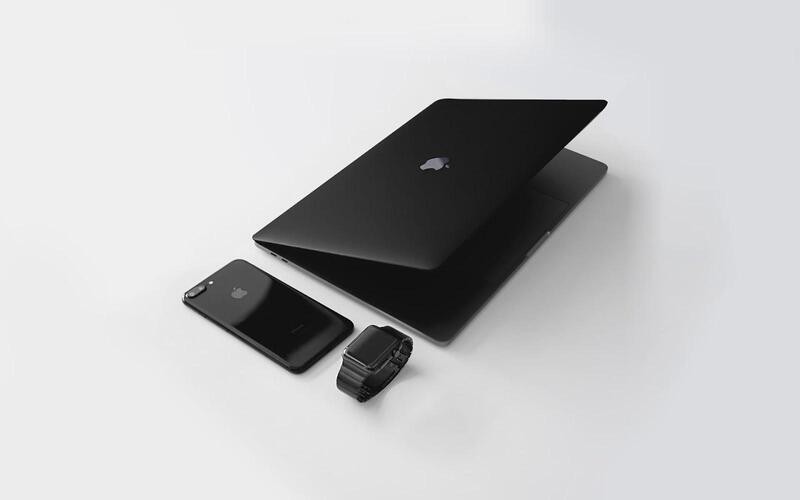
Speaking of branding, it is impossible not to mention one of the most famous brands. The company began with a couple of dozen personal computers assembled "on a crate" and turned into a global giant. Competent positioning played a major role in its success. Competitors offered only the product. Apple shaped and offered customers the image of a modern, cool, advanced user. With this approach, the brand was doomed to success.
Pandora Branding Design
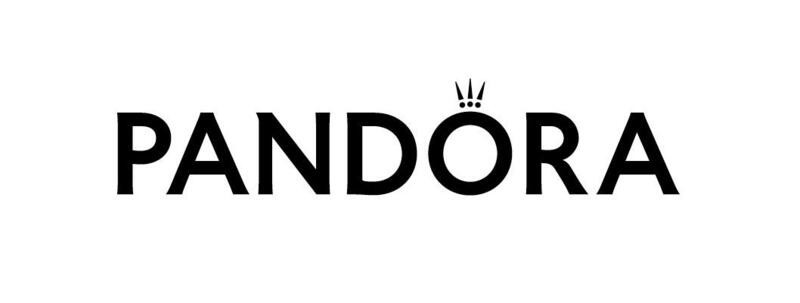
Source: Pandora Jewelry
In 1982 married couple Per and Winnie Enewoldsen opened a small jewelry store in Copenhagen. The company developed, grew, and conquered new markets. But the real success came when the company began to sell not jewelry, but memories. The slogan "Unforgettable Moments" refers to the charms that help keep the memory of vivid events.
Starbucks Branding Design

A distinctive feature of this chain is not only branded cups but higher prices compared to other coffee shops. Despite this, the popularity of the brand is growing. Surprising? Not at all! The company does not sell coffee, but a unique atmosphere: friendly baristas, a sense of comfort, and relaxed communication. These are the basic elements of the Starbucks brand, and they are what make visitors buy coffee in a mermaid cup time after time.
Stages of Startup branding design development
A brand forms a memorable image. An effective branding design forms not only a visual image but also a strong emotional attachment to a product or service. For a brand to become one, it's not enough to come up with brand colors and a logo. Professional branding design is a complex, multi-step process that includes the following steps:
Defining your character, personality, and goals.
How do you see your brand, who do you work for, what ideas and values do you want to convey to your target audience, what are you striving for, and what is your main goal? Answers to these and other questions help define the vector of development and form a basic idea about the company or product.
Study the target audience, competitors, and the situation in general.
What do the potential customers prefer? How do competitors' offers differ from yours? What are the general trends in the chosen segment? To answer these questions, branding agency specialists conduct extensive market research.
Forming a visual brand design concept.
Based on the information about the product, the company, the target audience, and brand designers develop several conceptual solutions. Each of them has its own features, but all of them reflect the key values and character of the future brand.
Creation of corporate identity elements.
After the presentation and approval of the concept, the most creative phase of the work begins. Brand designers create unique fonts, colors, graphics, logos, etc. The final version is checked for originality and developed on all media - packaging, website, printing, design of spaces, etc.
Brandbook development.
This document is often mistakenly thought of as a sort of design manual. To some extent, this is true, because the brand book describes the identity in detail and prevents the blurring of the image. But beyond that, it contains other information, including brand philosophy and values, target audience, preferred communication channels, etc.
Branding Design Principles For Startups To Follow
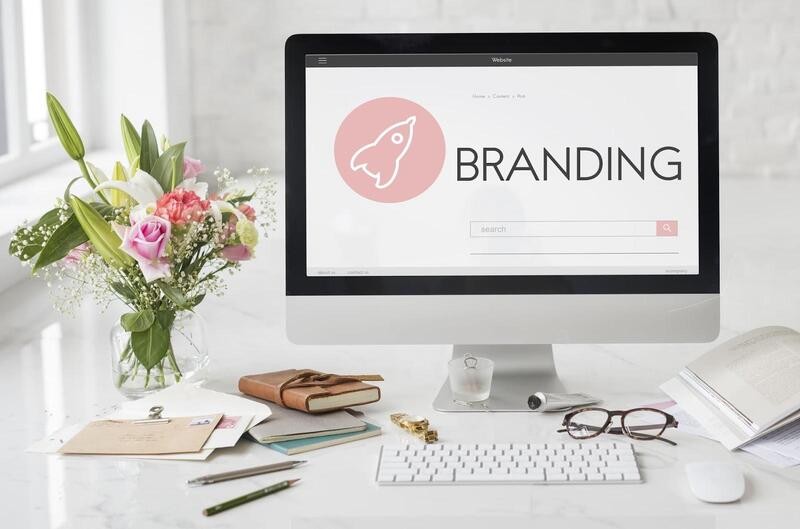
Every brand is different. For this reason, the design process is always personalized. Nevertheless, it is possible to highlight several general principles that a high-quality, professionally created brand design meets. So let’s check the most important branding tips for startups:
Make Brand Eye-Catching and Unique
The design of your brand should attract attention from the first minute and stand out from other competitors. Keep in mind that a funny or creative idea that underlies the brand design, gives the product additional value, forms an emotional attachment, and promotes sales growth. Make sure it is unique and that it is not associated with another existing brand.
Sometimes this is unintentional, and other times companies try to ride the coattails of other, existing companies. Get multiple opinions and make sure your branding can’t be easily confused with other companies.
Sometimes this is unintentional, and other times companies try to ride the coattails of other, existing companies. Get multiple opinions and make sure your branding can’t be easily confused with other companies.
Choose The Appropriate Colors
Choosing a color scheme is not easy. Here preference should be given to those shades that will create the desired psychological response. For example, use high-contrast color schemes to attract attention, and light and calm color combinations to give a feeling of peace and security.
Make Your Branding Design Cohesive
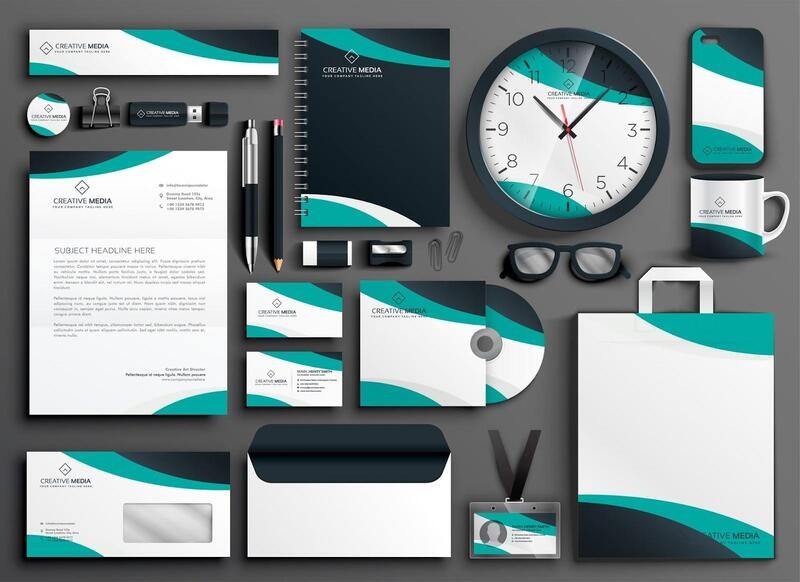
Source: freepik
All elements of your brand's visual design should blend harmoniously like puzzle elements. All the pieces of the puzzle are different, but together they form a single, holistic picture and vision.
By defining the style of your brand, choosing a single color scheme, and matching the main elements and fonts, you help the brand's customers feel that everything is intertwined, and also contribute to brand recognition.
Take Care About Adaptability
Elements of brand symbols should look equally good on any media. For example, a high-quality logo is proportional and readable both on the flyer of format A8 and on a street billboard as well as on smartphones. This also applies to other components of brand design.
Prefer Timeless Branding Design
Trends change quickly, and therefore, creating a brand design according to the latest trends, you run the risk of getting outdated design in a short period of time. Of course, you should keep up with the times and the latest technologies, but it is better to choose more classic solutions for different design elements, colors, fonts, etc. A more traditional approach to design will help to stay relevant for a long time and help to avoid rebranding in the near future.
Do Not Overcomplicate

Source: freepik | An example of an overcomplicate logo design
The golden rule - is less is more! Logos, intricate patterns and lines, and a hard-to-read font can confuse the user and repel him. In addition, simple and clear elements are easier to recognize and remember. If you look at the most famous brands, they are always combined with something light - a minimum of colors, shapes, and elements.
Elements of visual communication should be simple and easy to understand, in harmony with each other, and not similar to the symbolism of competitors.
Make sure your brand reflects your vision
Your brand should be in line with the idea and concept of your company, and in no way contradict it. Remember those design elements are a concise reflection of the essence of your company, its services, and values. In particular, the logo is the face of the brand, the slogan is the values that the company professes and which it guarantees to the consumer who has chosen it.
For example, for the design of a law firm, it is better to choose clear and even to some extent strict elements, for a children's center - bright and playful, etc.
Keep in mind that the correct design of the main attributes of the brand expresses information about belonging to a certain group of goods, price category, and other features of the product.
Innovative Approach
Explore and don't be afraid to experiment with a non-standard approach. Successfully implemented innovative design solutions will leave your competitors behind.
Branding Web Design Solutions with Seedium
At Seedium web design and development company, we understand that brand design is an important element of business success in both the short and long term. Regardless of the company's format, we help businesses find common ground with their audience and develop the company through creative web design and brand identity.
We focus on quality, so we take into account absolutely all the details: from a professional selection of colors, fonts, and typefaces, to detailed layout and optimization for different types of gadgets. You can be sure that your project will be created by our specialists in full compliance with all the brand design principles we've described in the article.
We also closely monitor market trends and business needs to implement successful projects for both startups and enterprise-level companies. Proven and effective branding and web design technologies help our clients to stand out from the competition and attract new customers.
So if you need help with creating an effective and user-friendly design, do not hesitate to contact us. Our professional team will help you to redesign your website or app as well as develop the design and concept of the brand from the scratch.
Final Thoughts
Developing a strong brand is extremely important to the success of any business. Effective startup branding design will help build a reputation, stand out from the competition, and attract new customers.
Moreover, an effective branding design enhances an organization's reputation and provides a unique identity in a competitive market.
Check out our UX/UI design services and contact us to start a project.
